Passion Fruit Dance Company, based in New York City and led by Tatiana Desardouin, is more than just a performance group; it’s a vibrant expression of street and club dance culture. As director and choreographer, Tatiana has built Passion Fruit into a multifaceted entity encompassing performances, educational programs, and immersive cultural events, all aimed at addressing social issues and empowering young artists. This interview delves into the heart of Passion Fruit, exploring how Tatiana’s work centers on preserving the authenticity of street and club dance, a culture deeply rooted in Black history.
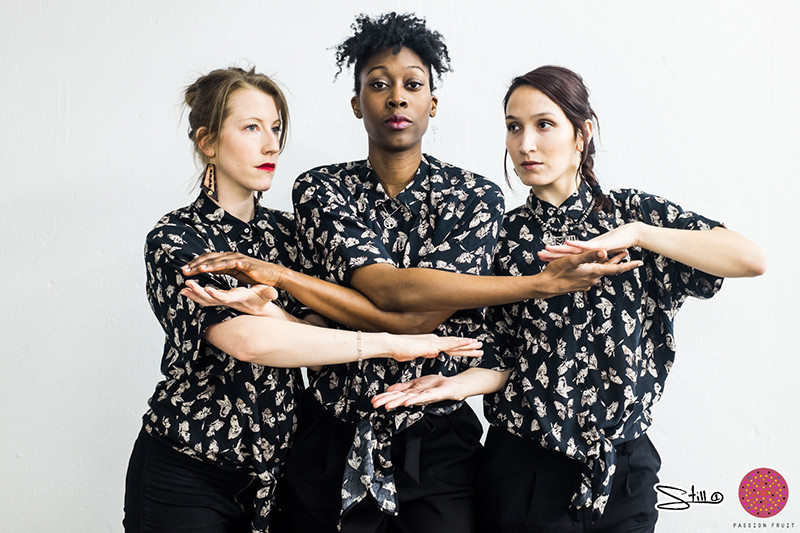 Passion Fruit dancers
Passion Fruit dancers
From Geneva to the Bronx: Tatiana Desardouin’s Dance Journey
Tatiana’s personal dance history is a rich tapestry woven across continents and cultures. Born in Geneva, Switzerland, to Haitian parents, her connection to the United States, particularly New York City, began in early childhood. Frequent summer vacations in the Bronx exposed her to the vibrant world of social dances, sparking a lifelong passion for street and club dance forms.
“My relationship with street and club dance culture started through family visits to the Bronx,” Tatiana recounts. Her initial dance experiences were within a Haitian nonprofit, performing Afro-Haitian dance. Simultaneously, she and her peers in Geneva informally explored hip-hop, learning from music videos in an era when these videos offered a more genuine glimpse into the culture.
In 2002, a workshop with Brian Green introduced her to house dance, a style less prevalent in Europe at the time compared to hip-hop. Driven to deepen her understanding, Tatiana moved to New York in 2005. She emphasizes that street and club dances like house and hip-hop are best learned within their cultural context, particularly in social environments such as clubs.
Expanding her repertoire beyond hip-hop and house, Tatiana immersed herself in funk styles like popping and locking. She traveled extensively across Europe, participating in cyphers, jams, and competitions, honing her skills through social engagement and workshops with dancers from New York and the West Coast.
By 2012, Tatiana’s dedication led her to establish Le Centre Hip-Hop in Geneva and her first dance company, Continuum. Continuum was groundbreaking as the first street dance company in French-speaking Switzerland. Tatiana’s commitment to the street dance community extended to teaching, nonprofit work, and organizing events like parties, battles, sessions, and conferences.
Seeking greater artistic growth and a deeper connection to her identity, Tatiana relocated to New York City in 2016. She felt that Switzerland, while comfortable, lacked the artistic dynamism and understanding of Black culture that she sought. “New York is where hip-hop culture was born, and it also better represents me as a Black woman,” she explains. In New York, she found a space to more fully embrace her Blackness and pursue her artistic vision, something she felt was often undervalued in Switzerland due to limited support for dance and a lack of cultural understanding.
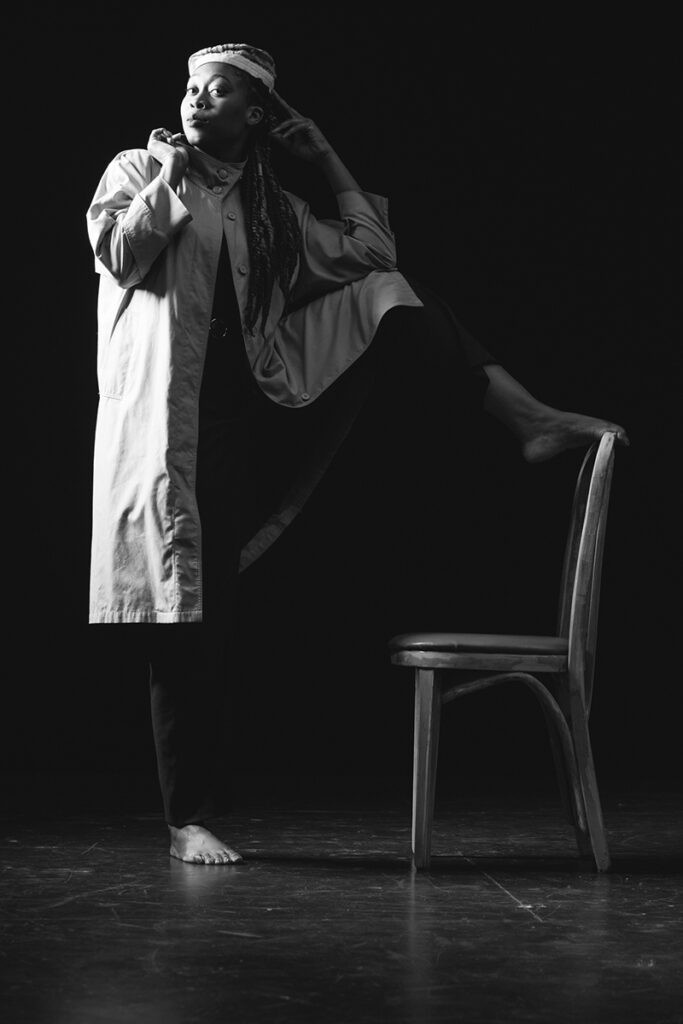 Tatiana Desardouin
Tatiana Desardouin
The Birth of Passion Fruit Dance Company: More Than Performance
Passion Fruit Dance Company emerged from Tatiana’s extensive experience as a teacher, mentor, and choreographer, driven by a desire to create something that embodied her values. She envisioned a company that went beyond mere performance, incorporating social justice into its core mission. Her frustrations with the European dance scene, particularly the lack of understanding surrounding Black culture and the essence of groove in street and club dance, fueled the company’s formation.
“Passion Fruit emerged from my personal frustrations with the European scene and a lack of understanding of the Black culture,” Tatiana states. She observed a disconnect in how street and club dance were perceived, often reduced to an aesthetic choice rather than understood as a fundamental cultural expression. For Tatiana, the “groove” – the feeling and essence of these dances – is not optional; it’s central.
This misunderstanding stems from a lack of deeper knowledge about the origins and significance of Black dances in the US. While the birthplace, time, and creators of these dances may be known, the underlying “why” is often overlooked. Tatiana emphasizes that understanding the “why” – the historical and social context, particularly the legacy of slavery – is crucial to grasping the aesthetic and emotional depth of the groove. The groove, she explains, is a physical manifestation of Black people’s lived experiences, encompassing both pain and joy. It is intrinsically linked to the history of slavery; without it, Black culture in America would be fundamentally different.
Hip-hop, in Tatiana’s view, arose as a form of protest, a reaction to the realities of life in the Bronx. It was an organic cultural movement created by young people responding to their environment, building upon earlier Black protest movements like jazz.
For Tatiana, being part of this cultural lineage carries a responsibility to ensure understanding and respect for its origins and impact, especially in the context of systemic racism. She channels this mission through art, creating Passion Fruit Dance Company with its three interconnected pillars: performances, educational programs, and community-building events.
Passion Fruit’s Performance Ethos: Groove and Conversation
Passion Fruit Dance Company is structured around a core trio: Tatiana Desardouin, Lauriane Ogay (also from Switzerland), and Mai Lê Hô (French and Vietnamese). Their shared history in the European hip-hop scene and mutual understanding of racial conversations formed a strong foundation for collaboration. These were the dancers with whom Tatiana felt most comfortable exploring complex themes and initiating open dialogues about race, something she found challenging in the more censored environment of Europe.
Their first major piece, Dance Within Your Dance, directly addresses the concept of groove. Tatiana describes it as “an invitation to understand what it is, and from there we can get to the conversation.” This piece became her way of engaging in activism through dance, using performance as a platform for dialogue and raising awareness.
Her subsequent work, Trapped, performed at the Guggenheim, expanded this approach. For this piece, Tatiana collaborated with three additional mature women dancers, aged 30 to 40. She sought dancers who were willing to openly explore their personal blockages and experiences, inviting audiences to connect with shared struggles and find pathways to healing through dance. The focus was on collective and individual experiences, aiming to resonate with other women and offer tools for emotional release and understanding.
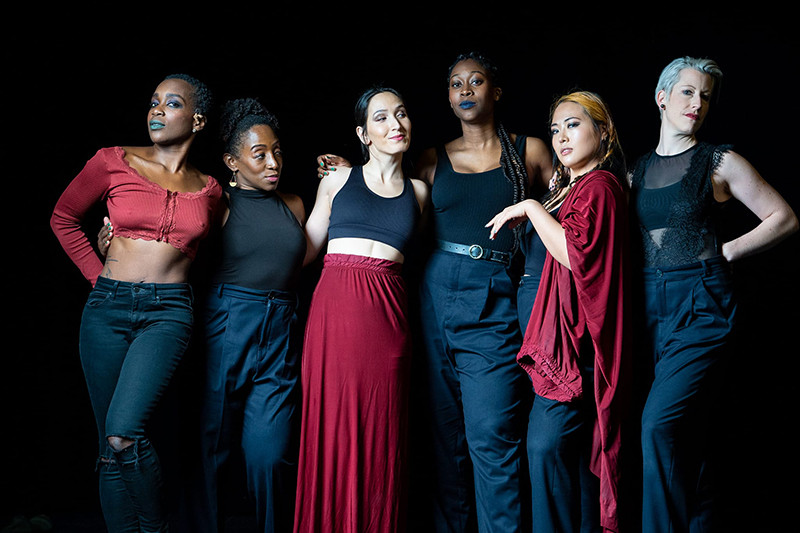 Passion Fruit in
Passion Fruit in
Choreographic Process: Grounded in Understanding
Tatiana’s choreographic process is deeply collaborative and rooted in ensuring her dancers understand the underlying message and values of each piece. She prioritizes working with dancers who connect with her vision beyond just technical skill. “It’s not like I just take a good dancer. I take someone who deeply believes in the values,” she explains. This shared understanding facilitates deeper communication and allows for more meaningful engagement during performances and audience interactions.
Before rehearsals, Tatiana meticulously plans the structure and sections of each piece, often using written notes and vision boards to outline themes and desired expressions. However, movement creation is reserved for rehearsal time, inspired by the music and the energy of the dancers. “I never pre-create movement. I’m more efficient on the spot if I have the music and get inspired,” she states.
Performance Venues and Audiences: Bridging Worlds
Passion Fruit Dance Company has performed across a spectrum of venues, from intimate theaters to larger festivals, both indoors and outdoors. Notable performances include appearances at Jacob’s Pillow, New Victory Theater, the Guggenheim, and Dance Place in Washington DC.
However, Tatiana grapples with the inherent tension between authenticity and performance in traditional theater settings. Street and club dance, by nature, are social dances, originating in clubs and community spaces. Presenting them on a stage inevitably removes them from their original context. “The challenge I have is authenticity for the specific reason of keeping the lineage alive and making sure there is no more erasure,” Tatiana explains. “By me dancing it onstage, I remove it from its original space of expression. The challenge is that it is no longer authentic once I put it in a theater. It’s a social dance, not a concert dance.”
For Tatiana, authenticity in this context lies in the dancers themselves – as vessels of the culture, they carry the essence of street and club dance within their bodies and experiences. She emphasizes the importance of dancers of African descent in preserving this authenticity.
She critiques the trend of contemporary dancers incorporating hip-hop movements, sometimes labeled as “contemporary street,” arguing that it often lacks the cultural depth and lived experience that are integral to these forms. “People want to perceive dance in a Euro-centric way, meaning you see it movement for movement. But our movement is a folklore. It’s culture. It’s never separated. It’s our Afro-centric vision.”
Recognizing that their audiences are often predominantly non-Black due to accessibility issues and the demographics of the arts and theater world, Passion Fruit aims to use these platforms to educate and build bridges. “If we have to perform mostly in front of non-Black people, let’s use that platform to educate people about us and build bridges,” Tatiana asserts.
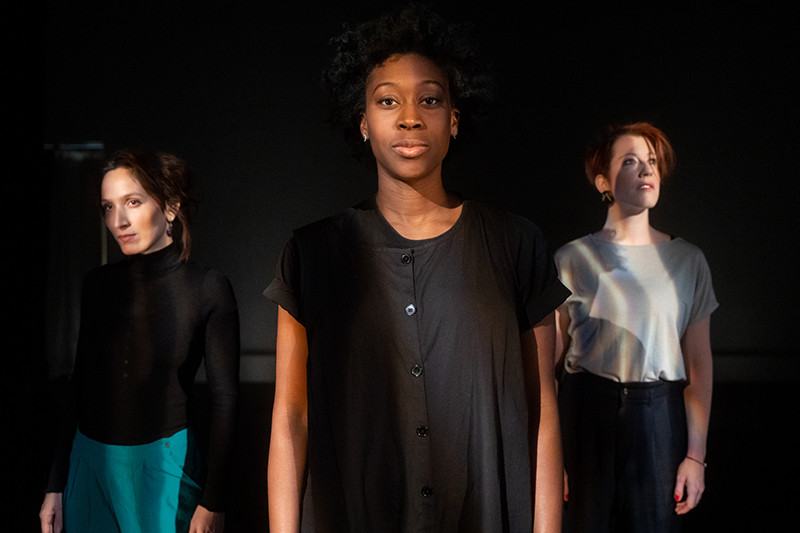 Passion Fruit Dance Company
Passion Fruit Dance Company
Passion Fruit Seeds: Cultivating Culture and Healing
Passion Fruit Seeds is the educational arm of the company, encompassing various programs designed to foster cultural understanding, personal growth, and anti-racism. One program, “Hip-Hop Culture, Its Foundations and Its Uprooting,” developed in collaboration with the City of Geneva and made accessible online, was a six-day anti-racist training. This program explored the connections between Europe and the US regarding systemic racism, challenging the notion that racism is solely an American issue. It featured historian Moncell Durden from the University of Southern California and post-colonial history teacher Noémi Michel, alongside Tatiana, Mai Lê, and Lauriane leading arts engagement activities.
Another program, “Focus on Black Excellence,” specifically aimed to highlight Black perspectives and create a network for young Black individuals. By bringing in teachers from the African diaspora, Passion Fruit provided students, particularly Black students, with role models and connections within their own cultural heritage. “A lot of students aren’t used to learning from Black people. I wanted to push this idea and, specifically for the Black kids, create a network for them,” Tatiana explains.
“Focus on the Youth” was an early program implemented at the Yerbabruja Arts Center in Long Island City, serving a Latinx community facing significant challenges, including gang violence and trauma. This program aimed to empower youth by connecting them to the cultural origins of the dances they were learning. “The Yerbabruja Center makes them learn many different dances from South America. Then they got to learn hip-hop and house from us. It was a program to empower them to understand that their people created the cultures we brought in,” Tatiana recounts. This program sought to instill pride and a sense of possibility in young participants who often struggled to envision their futures.
Overall, Passion Fruit Seeds programs are designed to provide tools for wellness, healing, and anti-racism education, using dance and cultural engagement as pathways to empowerment.
Les 5 Sens: A Multisensory Community Experience
“Les 5 Sens,” French for “the five senses,” is Passion Fruit’s immersive, multisensory event, born from Tatiana’s experiences in New York’s multidisciplinary party scene and a desire to unify Geneva’s fragmented arts community. These events are designed to engage all five senses, creating a holistic and community-focused experience.
Inspired by New York parties that blended dance, music, and live art, Tatiana envisioned an event that could bring together diverse ages, cultures, and art forms in Geneva. “In Geneva, the arts scene is very scattered and disconnected. I wanted to create an event where different ages, cultures, and art forms could come together and experience their senses,” she says. “Les 5 Sens” events have featured curated scents, taste experiences, performances, fashion, painting, and community vendors, fostering a vibrant and inclusive atmosphere. Friends and artists from various countries have traveled to participate, highlighting the event’s community-building ethos. While initially held in Geneva and twice in the US, Tatiana hopes to revive “Les 5 Sens” as an ongoing project in the future, alongside Passion Fruit Seeds and performances.
Future Directions: Trapped and Dimensions
Looking ahead, Passion Fruit is focused on expanding Trapped into a full-evening length piece and developing a new multidisciplinary work titled Dimensions. Dimensions is a collaboration with dancer Lauriane Ogay, who is also a photographer, and will be inspired by Lauriane’s photography, incorporating dance, visuals, and videos for museum settings. “Next year, we have a residency for a new piece called Dimensions, which is a partnership with my dancer Lauriane, who is also an amazing photographer. We want to create a multidisciplinary piece based on her photos to be performed in museums with dance, visuals, and videos,” Tatiana shares.
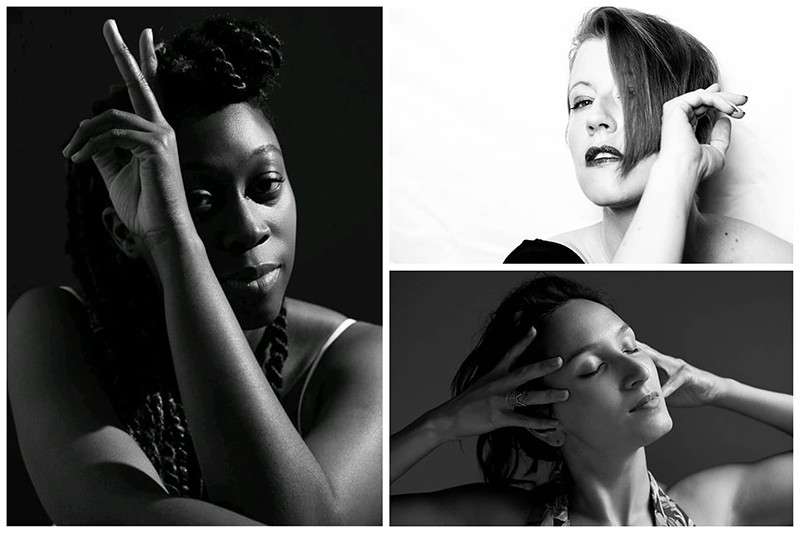 Passion Fruit dancers
Passion Fruit dancers
Preserving Culture Through Art: Passion Fruit’s Mission
Passion Fruit Dance Company stands as a testament to the power of art in cultural preservation and social impact. Tatiana emphasizes that their approach extends beyond performance, encompassing education and community events as vital components of their mission. “Passion Fruit in general wants to offer an example of how we use our art to preserve our culture by any means necessary,” she concludes. She hopes Passion Fruit serves as an inspiring example of how art can be a vehicle for social justice work without sacrificing joy and creative expression. “There’s a way to do it that doesn’t always feel so heavy. I think that’s something people hear a lot about social justice work, the heaviness. I still have fun creating as well as working toward the greater good.”
~~
To learn more, visit www.passionfruitseeds.com as well as on Instagram @tatianadesardouin or @passionfruitdanceco.
